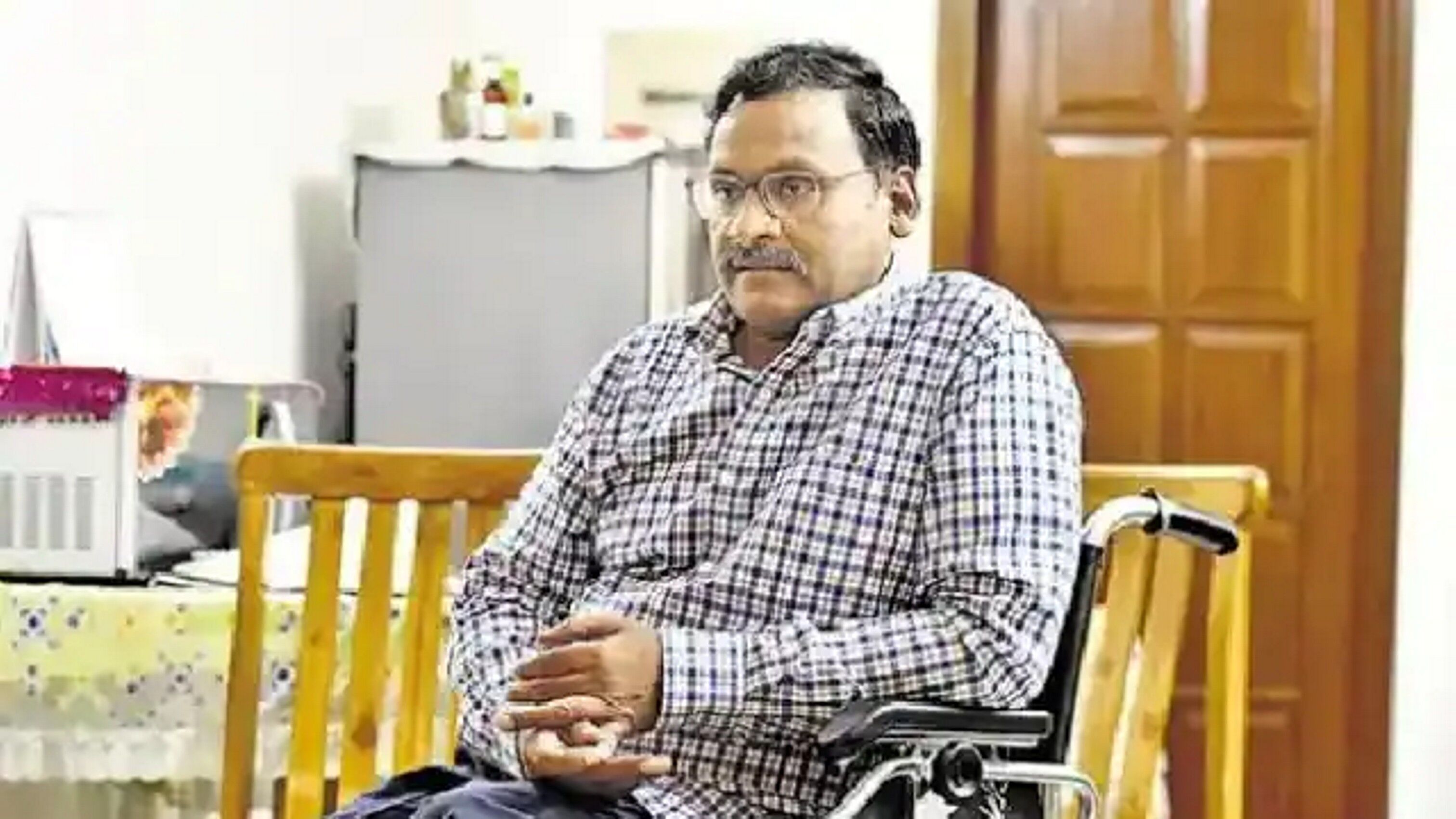Inexplicable haste

The alacrity with which the Supreme Court's special bench comprising Justices MR Shah and Bela Trivedi suspended the acquittal announced by Bombay High Court to GN Saibaba and others is intriguing. The Supreme Court's intervention in the matter on appeal from Maharashtra government is technically in adherence to the rulebook, but appears to miss some crucial aspects in principle. GN Saibaba — a former Delhi University professor — was arrested in May 2014 by Gadchiroli police on allegations of involvement in a Maoist conspiracy. Prior to his arrest, five other persons were arrested in the same case in 2013. In 2017, Gadchiroli session court found the accused persons guilty of crime. The charges framed against them were under the Unlawful Activities (Prevention) Act (UAPA). Owing to its stringency, which allows the state to detain an accused for a prolonged period without adequate trial, some safeguards were inserted earlier under the UAPA law to prevent its misuse against individuals. Section 45(1) of the UAPA requires that a trial court can take cognizance of such matters only after sanction is granted by a sanctioning authority. Section 45(2) of UAPA requires an exhaustive review of the prosecution evidence by an authority independent of the prosecution. After being found guilty by the Gadchiroli session court, the accused had approached the Bombay High Court which recently ruled in favour of the accused. The Bombay High Court cited the violation of Section 45(1) and 45(2) of the UAPA while ordering the acquittal of the accused. It had reversed the trial court order on technical grounds. Noting that the report presented by the Director of Prosecution of the State of Maharashtra was a "six-line report" rather than "an exhaustive inquiry into the evidence", the Bombay High court termed the report to be "laconic". The report merely gave recommendations, and not summary analysis — forcing the High Court to conclude that the sanctioning authority merely "paid a lip service" and the report furnished was under a "ritualistic formality". The Bombay High Court must be credited for its thorough analysis of the matter. However, at the same time, as the Supreme Court special bench highlighted, the HC acquittal order was not based on merit of the case — urging the Supreme Court to intervene after an appeal by the state. As a matter of fact, the Supreme Court enjoys the power to suspend an acquittal order, with certain limitations. Furthermore, Section 465 of CrPC notes that any error, omission or irregularity in the matter of sanction is a "curable defect" and would not vitiate the trial, unless there has been a failure of justice. Nevertheless, the Bombay High Court did successfully expose through its wit a technical glitch which even the Supreme Court failed to term as flawed. If the investigation was flawed at a foundational level, how can the outcome be considered legitimate? The Bombay High Court had, in fact, cited the Constitution Bench judgement in Baij Nath Prasad Tripathi case which noted that "if cognizance is taken without complying with the requirement of valid sanction, the entire trial shall stand vitiated." On the ground level, the accused have already spent over seven years in jail under the UAPA, one of the accused persons has died therein and Saibaba is in a disabled state. Under such circumstances, the urgency shown by the Supreme Court is intriguing. It could have lent in-depth consideration to the Bombay High Court order before arriving at any decision. In doing so, the Supreme Court would not just have maintained the judiciary's balance of power with the executive but also respected the division of power across various branches of the judiciary. Apart from all these considerations, the stringency shown by the Supreme Court again raises questions around the intensity of UAPA proceedings. Isn't there a need for relief for those charged under the stringent law?



